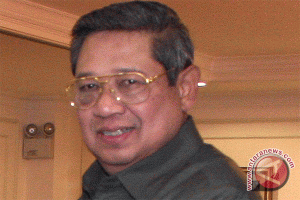
A U.S. Air Force F-16 sits on the tarmac at the 2011 Paris Air Show / Defense News photo by Bradley Peniston
Richard Aboulafia, an analyst at the Teal Group, Fairfax, Va., said the Air Force will “look closely at [Active Electronically Scanned Array (AESA)] radar upgrades beyond the current (V)9 program, but also ongoing engine power and reliability improvements, [electronic warfare] and cockpit mods, and of course any necessary structural work for aging airframes.”
Lockheed Martin, which builds the aircraft, has some ideas as to what the service needs to do to keep the Fighting Falcon in fighting trim into the 2030s.
The jet has to have its structural life extended from the standard 8,000 hours to between 10,000 and 12,000 hours. Certain parts of the structure will have to be modified, said Bill McHenry, Lockheed’s F-16 business development chief.
Currently, the Air Force is evaluating the structural life left in its newer Block 40 and 50 F-16s, McHenry said. Those aircraft might have life left in them past 8,000 hours because they have been flown in relatively benign configurations, he said.
The older Block 25s and 30s have been flown hard in configurations that are not conducive to extended airframe life; for example, carrying asymmetrical loads.
McHenry said retrofitting structural upgrades should not be a problem. The key to keeping the aircraft relevant is the avionics.
McHenry said that AESA radars from Raytheon and Northrop Grumman are likely to have to compete to win a contract to replace the existing radar.
Further consideration is being given to adding the Multi-function Advanced Data-Link (MADL) from the F-35 on to the F-16, which would allow the aircraft to be interoperable with fifth-generation stealth fighters. Such upgrades should be fairly simple because of the F-16’s hardware architecture, McHenry said. “We’re very proud of the fact that we offer our customers options,” he said.
DEFENSENEWS




